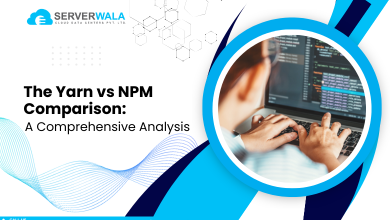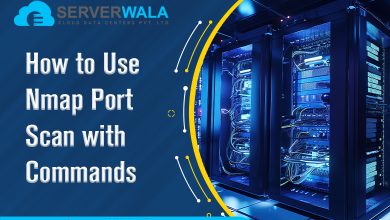DevOps
-

How to Allow Remote Connections to MySQL?
Introduction Do you know MySQL database is built to run independently? Well, this system allows easy access to clients from…
Read More » -

How to Check the PHP Version and Configuration?
Introduction PHP is an interpreted language, meaning it is converted from human-readable language to machine language line by line. This…
Read More » -

The Yarn vs NPM Comparison: A Comprehensive Analysis
Introduction In the ever-evolving arena of JavaScript package managers, two prominent players, Yarn and npm, have taken center stage. Developers…
Read More » -

How to Git Stash Specific Files?
Introduction Version control is an indispensable tool in the software development lifecycle, and Git stands out as one of the…
Read More » -

Docker Add vs Copy: What’s The Difference?
Introduction The utilization of “Copy” and “Add” instructions in a Dockerfile is a fundamental aspect of creating Docker images. If…
Read More » -

How to Use Nmap Port Scan with Commands?
Introduction In the realm of network security and exploration, understanding ports and conducting port scans is essential. Ports are endpoints…
Read More » -

A Guide To Using The Bash Read Command {10 Examples}
Introduction The Bash read command is like having a conversation between your script and whoever is using it. It’s like…
Read More » -

How to Change File Permissions Recursively With Chmod in Linux?
Introduction In Linux, chmod stands for “change mode” and is a command used to change permissions (read, write, execute) on…
Read More » -

8 Best PuTTY Alternatives for SSH Client Connections
Introduction What happens when two people don’t speak the same language? Miscommunication, delay, and more What do you think could…
Read More » -

How to Add a GUI to Ubuntu Server: Tips and Tricks
Introduction Do you know a GUI or graphical user interface was made to refine the user experience? Interacting with electronic…
Read More »
